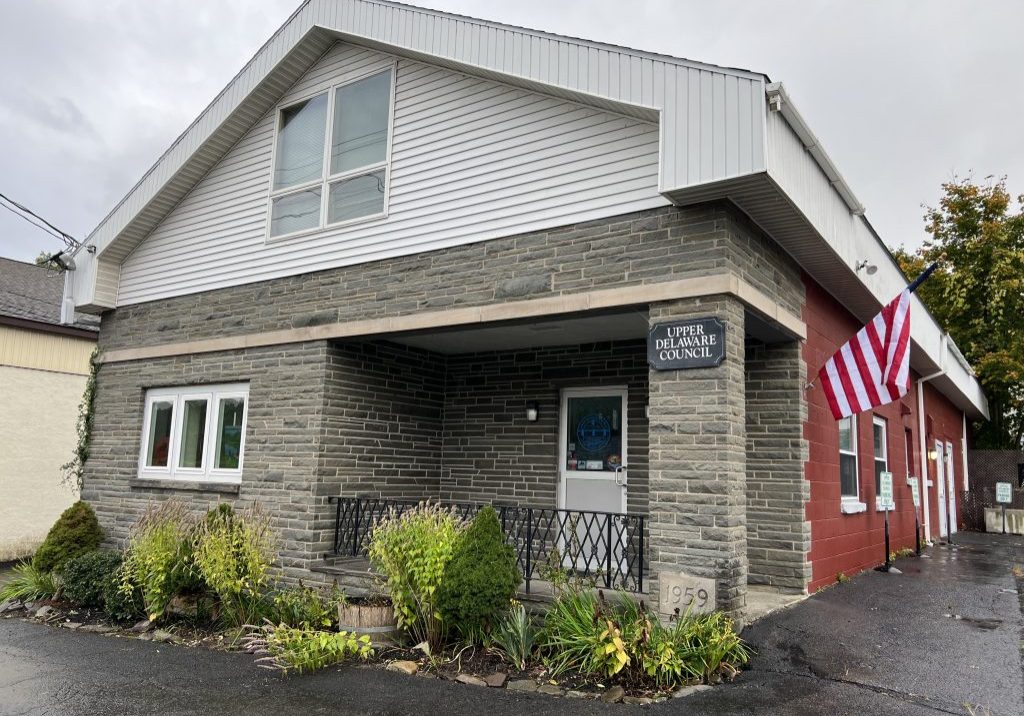
Delaware River and Bay Authority plans a new ferry fleet
| April 21, 2023
Every year, the fleet of the Cape May-Lewes Ferry transports about 800,000 passengers and close to 300,000 vehicles across a 17-mile span of the Delaware Bay.
That passage by ferry could be more energy efficient and modernized under a capital improvement program and five-year strategic plan outlined by the Delaware River and Bay Authority, which operates the ferries.
“Our biggest challenge is the same that other transportation agencies and infrastructure agencies face throughout the country,” said Vincent Meconi, the authority’s chief operations officer. “We have aging infrastructure.”
While the design of the vessels is an ongoing process, and subject to change, Meconi said the authority is interested in augmenting the size of its fleet.
“The first big change is that we’re thinking slightly smaller, but more vessels,” Meconi said.
Three ferries now traverse the Delaware Bay between Lewes and Cape May, each with the capacity to carry about 100 standard-sized vehicles. Plans for a new fleet call for four ferries that could each carry about 75 vehicles.
Hybrid-energy vessels eyed
The authority also plans to design ferries with the capacity to run on hybrid energy to reduce their carbon footprint, Meconi said. The authority plans to apply for a grant to pay for this portion of the project.
The current ferries run on diesel; the authority is eyeing electric battery-powered/diesel hybrid models for its new ones.
It estimates the design process will cost just over $1 million in 2023 and an additional $5 million in later years. It will be a while before any of the newly designed vessels will be seen on the Delaware Bay, however.
“It’s a four-year project, just to design and build, and we’re designing right now, so you’re not going to see this vessel in the water until 2026,” Meconi said.
The authority oversees a transportation network that stretches from Southern New Jersey into Delaware. Its portfolio includes the Delaware Memorial Bridge and five airports in addition to its ferries.
Meconi said the projects under the capital improvement plan aim to restore and maintain systems that have been in place for a long time.
“Our airports are of World War II vintage, and the most recent of our three ferry vessels was launched in ’81,” he said. “The other two were launched in ’74.”
The authority runs Wilmington Airport, Millville Executive Airport, Cape May Airport, Delaware Airpark and the Civil Air Terminal
Sign and road improvements to come
The projects at the Cape May-Lewes Ferry include improving the roadways and signage leading up to the Cape May terminal.
The least costly of these are the plans to reconfigure the roadway at the Cape May Terminal entrance, improve the approach roads, and replace the Cape May highway signage.
The authority, whose financial resources are drawn from the tolls it collects and other user fees, anticipates this project will cost $4.8 million, with the New Jersey Department of Transportation covering half of the cost.
Plans to design and install new centralized utility corridors, infrastructure that will help with terminal and ferry maintenance, at both the Cape May and Lewes terminals will also be financed by the authority and NJDOT.
The authority estimates the Cape May Terminal project, which will be partially funded by $1.5 million from NJDOT, will cost $5.8 million in 2023, and $5.8 million in later years.
The Lewes Terminal Project has an estimated cost of $3.8 million in 2023 and $1.8 million in the following years.







